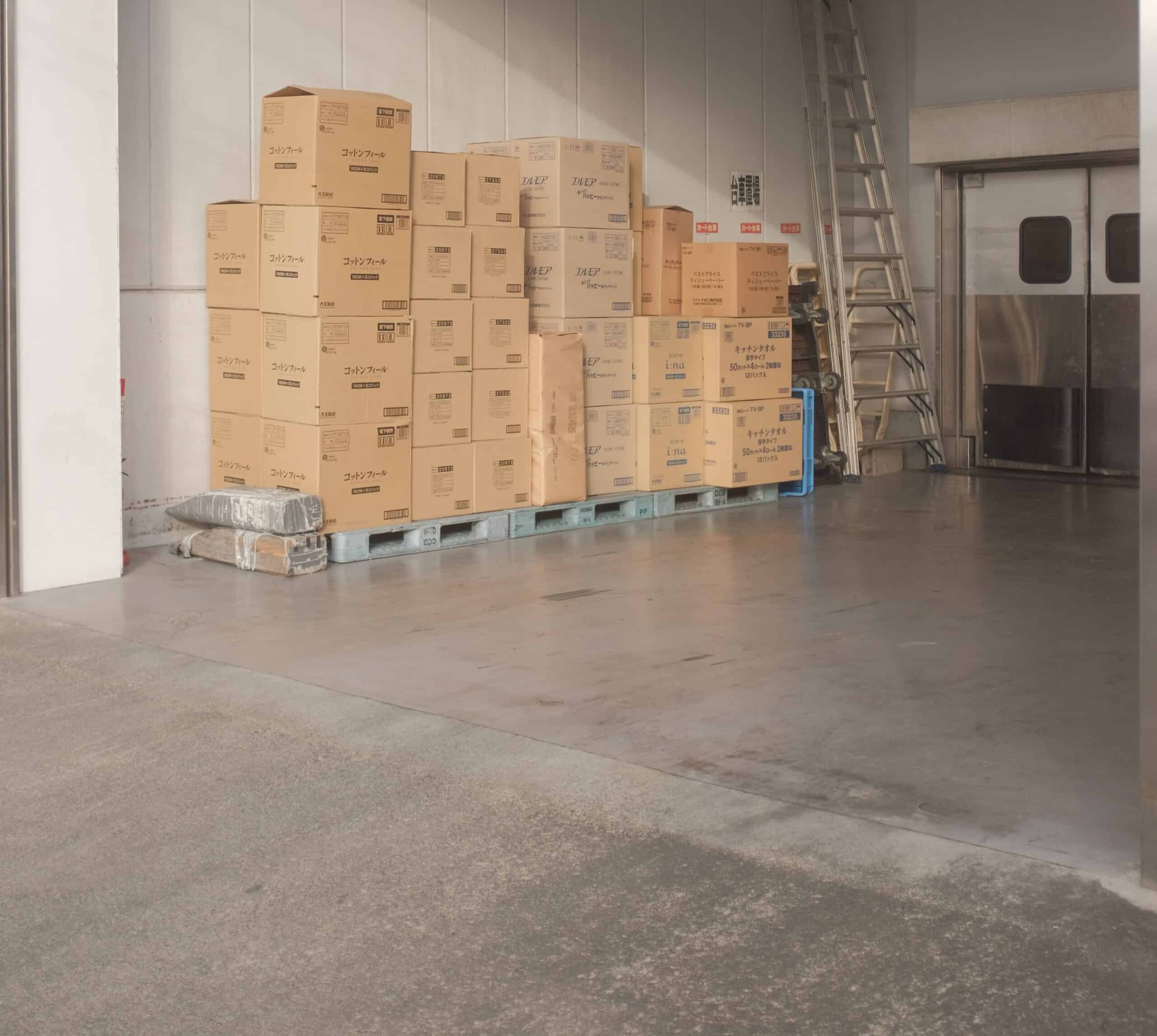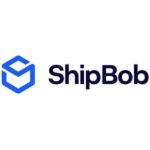The importance of adopting an efficient OTIF delivery practice is to maximize operational efficiency. This, in turn, will help to cut down on unnecessary costs, missed revenue opportunities, and internal miscommunication.
Knowing your customers’ expectations, tracking shipments in real time, and streamlining the communications of all internal departments are just a few of the ways to maximize your OTIF deliveries. Let’s take a closer look.
What is On-Time In-Full (OTIF)?
On-time in-full is a supply chain metric used to measure performance in the logistics industry. Essentially, OTIF means that the customer received the shipment they ordered when the delivery was expected (on-time) and in the quantity ordered (in-full).
OTIF is important because, by optimizing your orders and your deliveries, you can avoid missed revenue opportunities due to lack of inventory or items becoming unsellable. Setting a good benchmark for your OTIF score and understanding the challenges of maintaining OTIF efficiency are critical to your organization’s bottom line.
Learn how to calculate OTIF, set an OTIF benchmark, and increase your OTIF efficiency by reading more about the importance of OTIF.
How Is OTIF Calculated?
OTIF is calculated by calculating the number of on-time, in-full deliveries and then dividing that value by the total number of deliveries made. Multiply by 100 to arrive at your OTIF percentage.
For example, if you had 1,000 deliveries and 800 were made on time and in full, you would divide 800 by 1,000 to get 0.800, which you would then multiply by 100 to arrive at an OTIF score of 80%.
- On-Time: Measures the number of deliveries made when they were scheduled to be delivered
- In-Full: Measures the number of full, completed deliveries made
What Is a Good OTIF Benchmark?
Ideally, companies shoot for 100%, which is not always realistic to achieve. Due to late deliveries and various things that could happen along the way, a solid benchmark score to strive for is somewhere in the 80% to 90% range.
What Are the Challenges of OTIF?
Some retailers and manufacturers can use different methods to calculate OTIF therefore they can have different views of the same performance metric. Accurate and timely data is also a challenge of OTIF, which is why utilizing technology to track daily performance is a critical step in managing and improving your OTIF score.
Why OTIF Matters and How To Improve It
OTIF matters because it incentivizes distributors to meet consumer demands in an efficient manner, reduces lost revenue opportunities for businesses, and helps to maximize the efficiency of logistical operations. There are several ways to improve your OTIF score such as understanding expectations, tracking data, and utilizing technology to manage OTIF in real-time.
Get Clear About Customer Requirements
Being very clear with customers about what they expect and what OTIF means to them is an important first step in maximizing OTIF. You want to make sure that you and the customer have the same definition of OTIF and the same expectations.
Understand Appointment Scheduling
You will also need to understand if your customer needs specific times of delivery or has an open window for delivery. This can help prevent return shipments and missed OTIF metrics. Create as much opportunity as possible for your drivers to deliver on time.
Align Production and Transportation
Aligning production with transportation means that you will want to ensure that your products are ready to leave the facility when the trucks arrive, in order to avoid unnecessary delays for your delivery drivers. A sales and operations planning (S&OP) tool can assist in improving the efficiency of this metric.
Streamline Communication
Make sure that the sales, marketing, production, purchasing, and distribution departments are communicating in a streamlined fashion and understand their role in the objective of maximizing your OTIF efficiency.
Use Real-Time Updates
Utilizing an online tool to track real-time updates is the best way to proactively prevent a late delivery while a shipment is in transit. Knowing where your product is at all times can help mitigate issues in the delivery process.
Utilize Cloud-Based TMS
A cloud-based TMS can help shippers track and trace shipments because information is entered then immediately updated in the cloud for real-time access, anywhere internet access is available.
Advantages of OTIF
- Increases operational efficiency
- Helps mitigate lost revenue opportunities
- Improves customer and internal communication
- Save on the costs of penalties and expedited shipping
OTIF Shipments Increase Efficiencies and Save Money
By implementing a solid system to measure and track your OTIF score, you can cut down on expedited deliveries, returned shipments, and refused orders, while also avoiding missed revenue opportunities due to lack of product in stock.
Investing in technology to track shipments and communicate with customers can help your business achieve a high OTIF score, which ultimately improves the bottom line of your organization. Continue reading FreightWaves to learn more about all aspects of the logistics industry.



